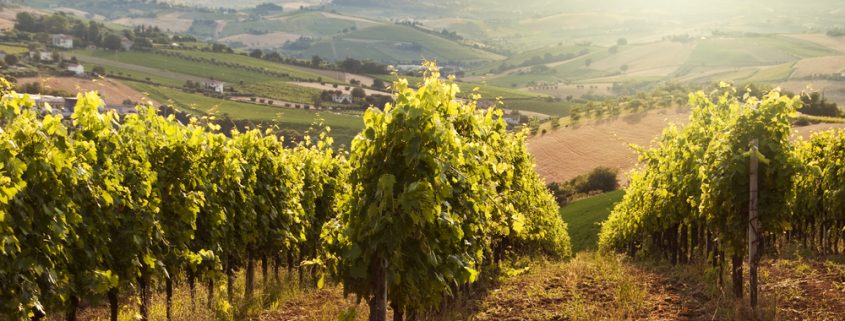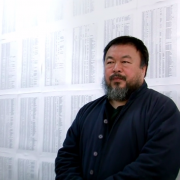Creativity and the Power of Place
Alexis de Tocqueville once wrote, “People get the government they deserve” (something we might be thinking long and hard about after this election season is over). In a twist, former NPR international correspondent Eric Weiner makes the case that “societies get the geniuses they support” in his new book The Geography of Genius: A Search for the World’s Most Creative Places, from Ancient Athens to Silicon Valley. Or, as he quotes Plato, “What is honored in a country is cultivated there.”
Bear in mind that Weiner isn’t speaking only about the smarts that come with a high IQ. He’s talking about “creative genius.” He particularly likes how the artificial intelligence expert Margaret Boden defines it – the “ability to come up with ideas that are new, surprising and valuable.” What Weiner is most interested in, though, is not just the how and the what of creativity, but the when and the where of it – which, as he points out, is a bit different from the approach many companies take when they set out, consultants in hand and workshops planned, to help employees “think more creatively.”
In a trip around the world and to some unlikely places, Wiener goes looking for “genius clusters” – places that throughout history have produced a “bumper crop of brilliant minds and great ideas.” What he finds is a lot like the terroir of a great wine region, with its unique combination of climate, soil, terrain and wine-making tradition. In the case of genius clusters, Weiner finds they have flourished in particular places at particular times when certain ingredients combine and attain critical mass. Ingredients like:
- Mentors. Think 1500s Florence, where Lorenzo Medici was the backer of a young stone cutter named Michaelangelo. Or late 18th century Vienna, a city that honored music and where Franz Joseph Hayden was mentor to both Mozart and Beethoven.
- Freshness. Later, in 1900s Vienna, the city was flooded with immigrants and open to new ideas. The likes of Sigmund Freud, Gustav Klimt and Leon Trotsky gathered in the city’s famous coffee houses to read newspapers from around the world and discuss big thoughts. The coffee houses were “third spaces” – neither work nor home, but places where people could gather interact with others who were different from them. Third spaces are important because, as Weiner says, “genius is contagious.”
- Chaos. Genius clusters also thrive amidst a certain degree of chaos – just enough to shake us out of old ways of thinking and stimulate new ones. Calcutta in the mid-to-late 19th century was one of the world’s great intellectual and creative capitals in the areas of art, literature, science and religion – a product, in part, of the chaotic “jolt to the system” caused by the forced intermingling of East and West cultures.
- Discernment. This ingredient is about the ability to separate good ideas from bad. In the late 18th century, Edinburg was the epicenter of the Scottish Enlightenment, an “age of reason” that, among other things, led to a surprising number modern medical advances and major contributions to the fields of chemistry, geology, economics, and philosophy. Today, Silicon Valley is a good example of discernment raised to a high art.
Talent, of course, is an essential element in all of this. But as Ricardo Hausmann, Director of the Center for International Development at Harvard, has observed on this subject, “Genius is not really about individuals. It’s really about a collective. It’s about a community of practice.”
For creativity to bloom, ideas from even the most talented individuals require an environment where they can be shared and enriched. Find talented people, sure – but then clear the way and cultivate a space for them open up, collide if need be, and make great things happen.











